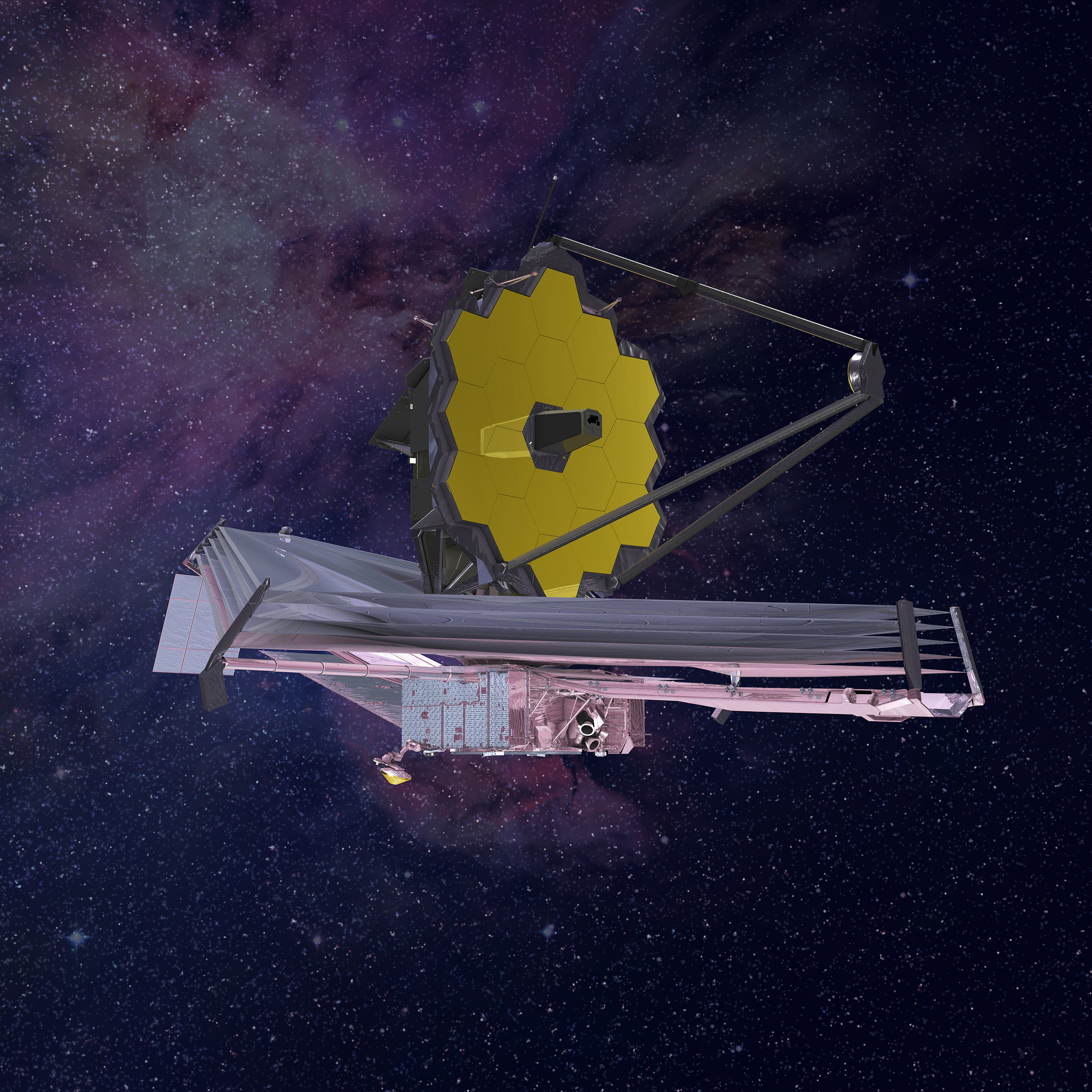An Ariane 5 rocket launched the James Webb Space Telescope from Europe’s Spaceport in French Guiana, South America, at 7:20 a.m. EST on Saturday.
The Webb observatory is NASA’s ground-breaking flagship project to search for light from the early universe’s first galaxies and to investigate our solar system as well as exoplanets (planets orbiting other stars). It collaborates between the European Space Agency (ESA) and the Canadian Space Agency (CSA).
- The observatory was launched at roughly 870 miles (1,400 kilometers).
- Around 30 minutes after launch, they unfolded Webb’s solar array, and mission managers confirmed that the solar array was providing power for the observatory.
- “In orbit, the world’s largest and most complex space research observatory will begin a six-month commissioning phase.
- Webb has four cutting-edge research tools, including sensitive infrared detectors with high resolution.
- The flagship project is a scientific successor to NASA’s renowned Hubble and Spitzer space telescopes, intending to complement and advance the scientific discoveries made by these and other missions.
- “The launch of the Webb Space Telescope is a watershed event – the Webb mission is just getting started,” said Gregory L. Robinson, the program director for the Webb Space Telescope at NASA When it unfurls in orbit, Webb will go through the most complicated and challenging deployment operation attempted in space. Scientists will be able to examine every era of cosmic history, from our solar system to the furthest observable galaxies in the early universe and everything in between, thanks to the telescope’s cutting-edge equipment.
Webb Telescope
“The James Webb Space Telescope represents NASA and our partners’ vision to take us forward into the future,” NASA Administrator Bill Nelson said. “What Webb promises isn’t what we already know we’ll discover; it’s what we don’t yet know or can’t envisage about our universe.”

Ground controllers began receiving telemetry data from Webb around five minutes after launch. The Arianespace Ariane 5 rocket took a launch and detached from the observatory 27 minutes later, as scheduled.
The observatory was launched at roughly 870 miles (1,400 kilometers). Around 30 minutes after launch, they unfolded Webb’s solar array, and mission managers confirmed that the solar array was providing power for the observatory. Once the solar arrays are installed, mission operators will establish a communications link with the observatory via the Malindi ground station in Kenya.
Engineers and ground controllers will light the first of three mid-course correction burns around 12 hours and 30 minutes after launch, sparking Webb’s thrusters to maneuver the spacecraft on an optimum trajectory toward its destination in orbit about 1 million miles from Earth.
“I want to say congratulations to this same team on this incredible achievement. Webb’s launch is a watershed moment not only for NASA but also for thousands of people all over the world who have devoted their time as well as skill to this mission over the centuries,” said Thomas Zurbuchen, NASA’s Science Mission Directorate associate administrator.
“Webb’s scientific promise is now more accessible than it has ever been. We’re about to embark on an exciting phase of exploration, with things we’ve never seen or imagined before.”
In orbit, the world’s largest and most complex space research observatory will begin a six-month commissioning phase. After the commissioning procedure, Webb will generate its first photos. Webb is equipped with four cutting-edge research tools, including sensitive infrared detectors with high resolution.
Infrared light from celestial objects will be studied in unprecedented depth by Webb. The flagship project is a scientific successor to NASA’s renowned Hubble and Spitzer space telescopes to complement and advance the scientific discoveries made by these and other missions.
“The launch of the Webb Space Telescope is a watershed event – the Webb mission is just getting started,” said Gregory L. Robinson, the program director for the Webb Space Telescope at NASA Headquarters. “We’ll be on the edge of our seats for the next 29 days as we await Webb’s highly anticipated and pivotal performance.
When it unfurls in orbit, Webb will go through the most complicated and challenging deployment operation attempted in space. After the commissioning is finished, we will see awe-inspiring images that will capture our attention.”
Scientists will be able to examine every era of cosmic history, from our solar system to the furthest observable galaxies in the early universe and everything in between, thanks to the telescope’s cutting-edge equipment.
Webb will discover new and surprising facts to help humanity comprehend the universe’s origins and our place within it.
NASA Headquarters, part of the agency’s Science Mission Directorate, is in charge of the mission. The Goddard Space Flight Center in Greenbelt, Maryland, is in charge of managing Webb for NASA and overseeing work on the project by the Space Telescope Science Institute, Northrop Grumman, and other mission partners.
Several NASA centers, including Houston’s Johnson Space Center, Southern California’s Jet Propulsion Laboratory, Huntsville, Alabama’s Marshall Space Flight Center, and California’s Silicon Valley’s Ames Research Center, contributed to the project.
Check Whyd for more news.